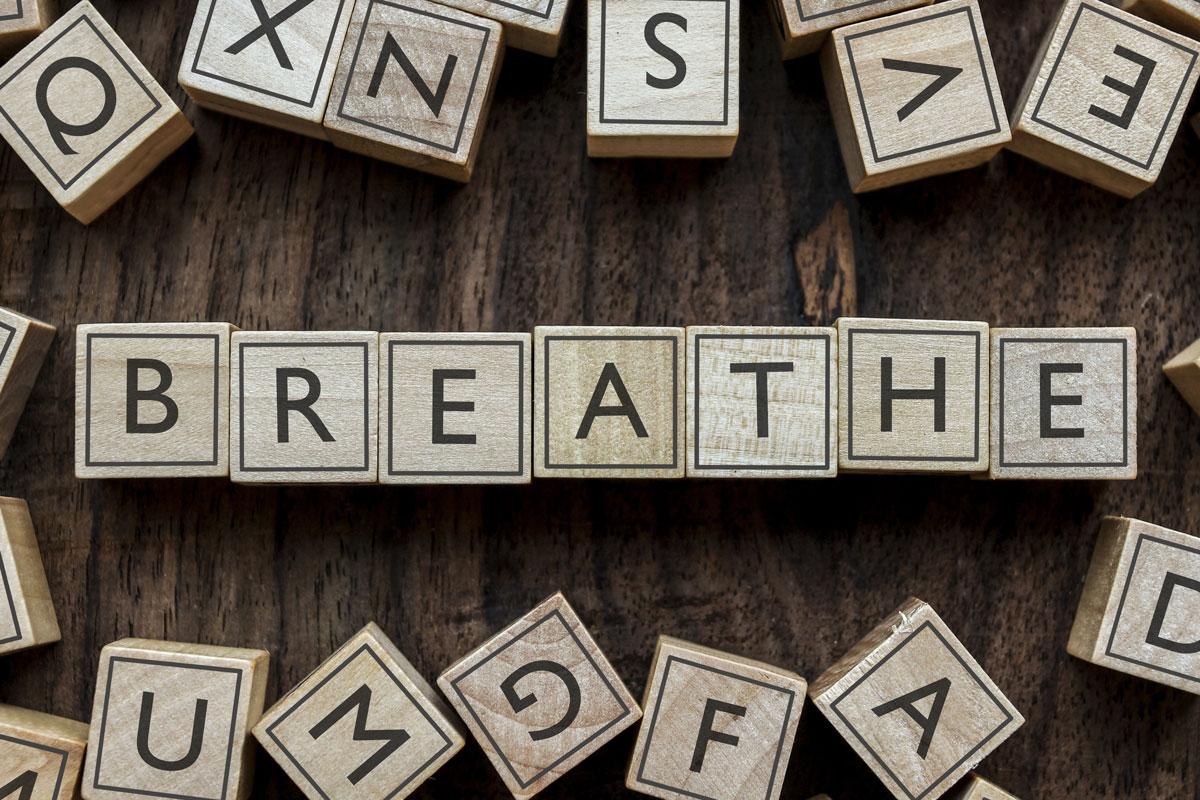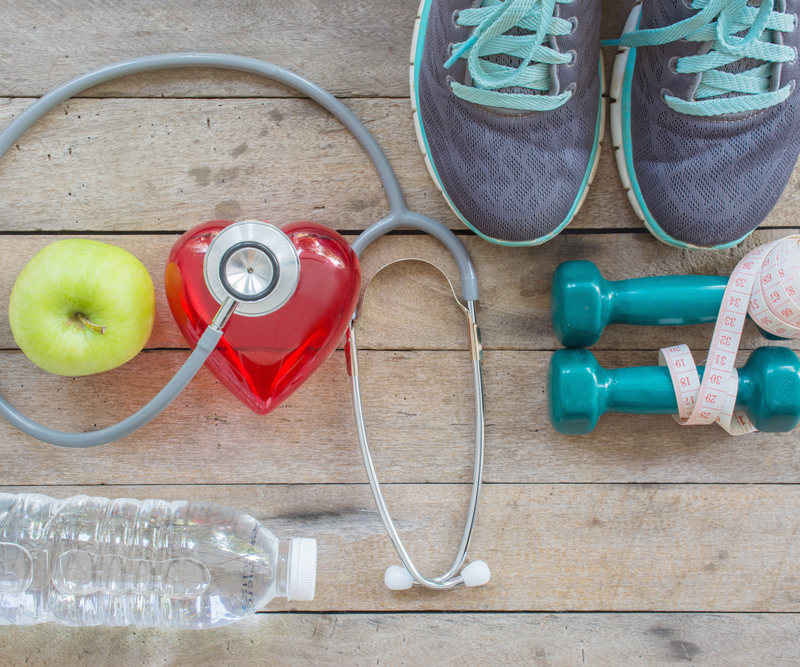
Take a Breather: A Beginner’s Guide to Breathing
When was the last time you stopped to take a breath?
While breathing may seem like second nature, many people actually breathe improperly, which can lead to other health issues such as high blood pressure.
“It’s easy to forget about such a natural thing like breathing,” says Tara Lavery, a stress management facilitator with the Ornish Lifestyle Medicine Program at Straub Medical Center.
“It’s common to get into the habit of breathing into the chest by taking short, shallow gulps of air through the mouth before quickly exhaling the air back out. However, when we can increase the duration of our breath, there is more oxygen available for your body to use,” Lavery explains.
Research shows that the heart beats an average of 100,000 times in a single day. All that activity requires a huge amount of oxygen, and when there is a shortage in oxygen supply, the heart can’t pump blood out to the rest of the body as effectively.
“Learning to take deep, complete breaths has many benefits for your health and happiness,” Lavery says.
Positive effects of proper breathing include:
- More energy.
- Improved circulation.
- Increased self-awareness.
- Decreased anxiety and fear.
- Improved focus.
So how can you breathe better?
“The stomach should expand and retract on every breath,” Lavery explains. “Notice if your shoulders are moving when you breathe. Try and keep them down to aid in sending the breath deep into the lower belly, rather than just breathing into the chest.”
According to Lavery, breathing “into the gut” can have multiple health benefits. This pumping action created when moving the belly in and out can aid in digestion by helping massage your liver, stomach and intestines.
“Send your breath into the belly,” Lavery instructs. “The breath should go in and out through the nose. Your nose is kind of like a factory that refines and prepares the air coming in to be used by the body as effectively as possible. Inhaling and exhaling through your nose allows the air to remain in the body longer, providing more nourishment for the brain and muscles as well as aiding in lowering blood pressure.”
Try to make exhales twice as long as inhales. Extending your exhales has a cooling effect on the body and promotes relaxation, which research shows reduces the production of stress hormones such as cortisol and adrenaline.
A simple way to get your breathing back on track is to practice a breathing technique throughout the day.
“Have a breathing technique that resonates with you,” Lavery says. “A favorite of mine is to simply extend my exhales a few times, noticing the space at the end of each breath.”
When practicing breathing techniques, be gentle with your self-talk. If the mind wanders away (which it eventually will), gently call it back to the exercise without judgment and continue to breathe.
“Choose a technique that is easy to do in any environment, such as counting your breath four counts each way,” Lavery says. “Set a timer once an hour and take a moment to just breathe.”
Lavery offers these other techniques to promote proper breathing and relaxation:
- Practice progressive relaxation. “Try relaxing different sections of your body individually. Take a moment to clench your hands into fists as you breathe in, hold for a moment, then relax your hands as you breathe out,” Lavery says. You can repeat this process with different areas of the body, such as your legs and feet.
- Reduce anxiety by taking an extended, relaxing exhale once throughout the day.
- Give yourself permission to take a moment to disconnect from your thoughts each day and just listen without thinking.
- Focus on the present moment, rather than dwelling on the past or worrying about the future. Slow down and arrive in the moment.
Published on: May 13, 2016




